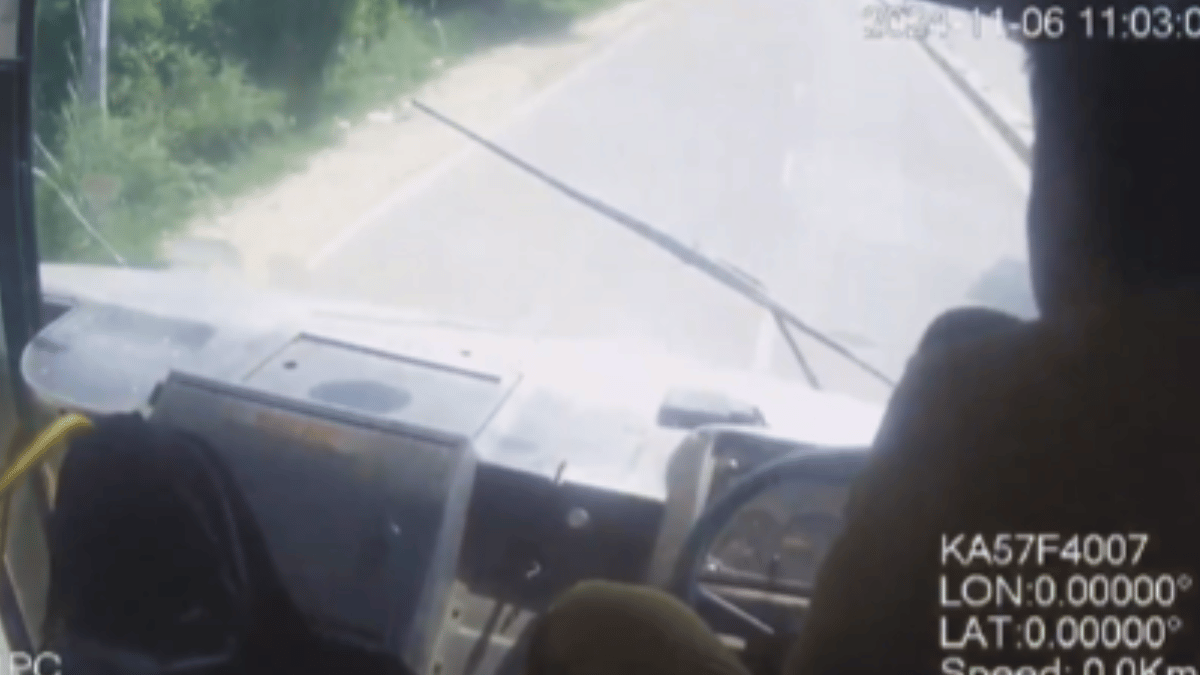 |
|
In a harrowing incident that unfolded on a Bengaluru bus, a quick-thinking conductor became an unlikely hero by taking control of the vehicle after the driver suffered a heart attack. The dramatic event, captured on the bus's CCTV camera, showcases the bravery and presence of mind that can make the difference between tragedy and relief. The video, which went viral online, has sparked discussions about the importance of CPR training for public transportation staff and the inherent dangers that bus drivers face in their daily duties.
The incident unfolded on November 6th when the bus driver, seemingly in good health, suddenly collapsed while driving. The bus, losing its course, collided with another bus, prompting the alert conductor to spring into action. With a calm head and swift reflexes, he expertly took over the driver's seat, maneuvering the bus away from oncoming traffic and potential hazards. His quick thinking averted a major accident, saving not only the lives of passengers but also those of other motorists on the road.
The video's widespread dissemination has ignited a public conversation about the need for enhanced safety measures and preparedness within the transportation industry. While the conductor's actions are rightfully lauded, it has also sparked debate about the importance of CPR training for public transport staff. Given the stressful conditions of the job, the potential for medical emergencies is real, and equipping personnel with the skills to respond appropriately could be a life-saving measure. The incident has served as a stark reminder of the risks inherent in transportation, highlighting the need for increased awareness and proactive measures to safeguard both drivers and passengers.
The Bengaluru Metropolitan Transport Corporation (BMTC) has responded to the incident by reiterating its commitment to safety and by acknowledging the stressful conditions faced by its employees. The video has served as a valuable learning experience for the organization and for the broader public, highlighting the crucial role of quick action, preparedness, and the importance of recognizing and addressing potential safety hazards in the transportation sector.
